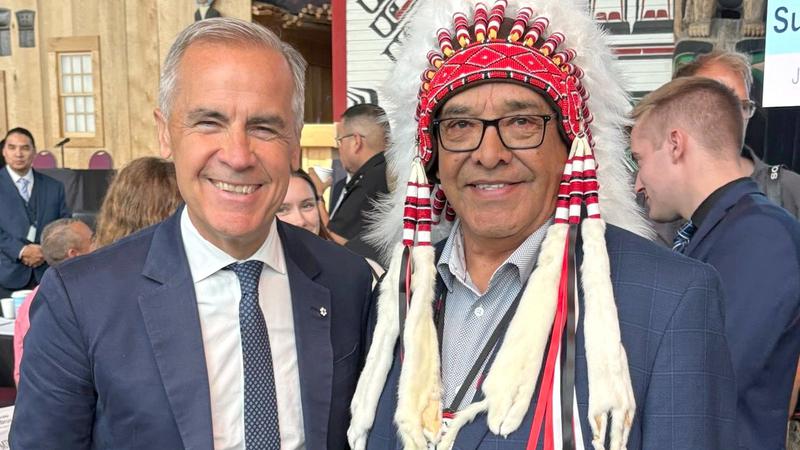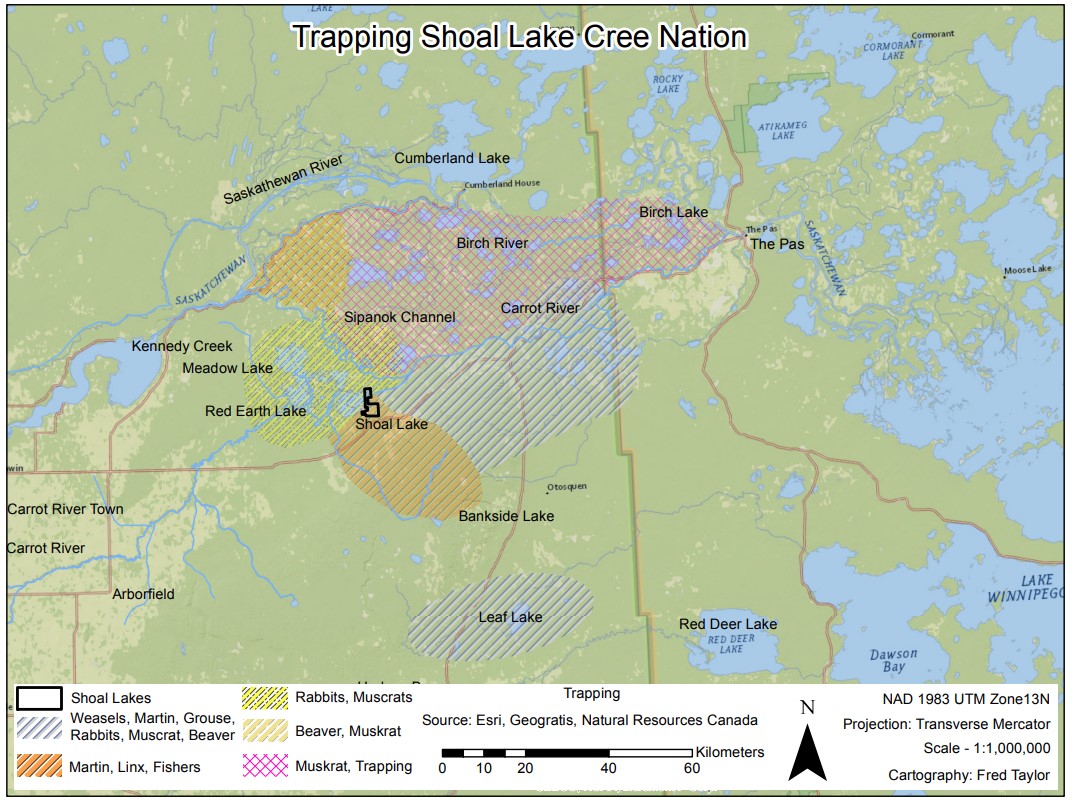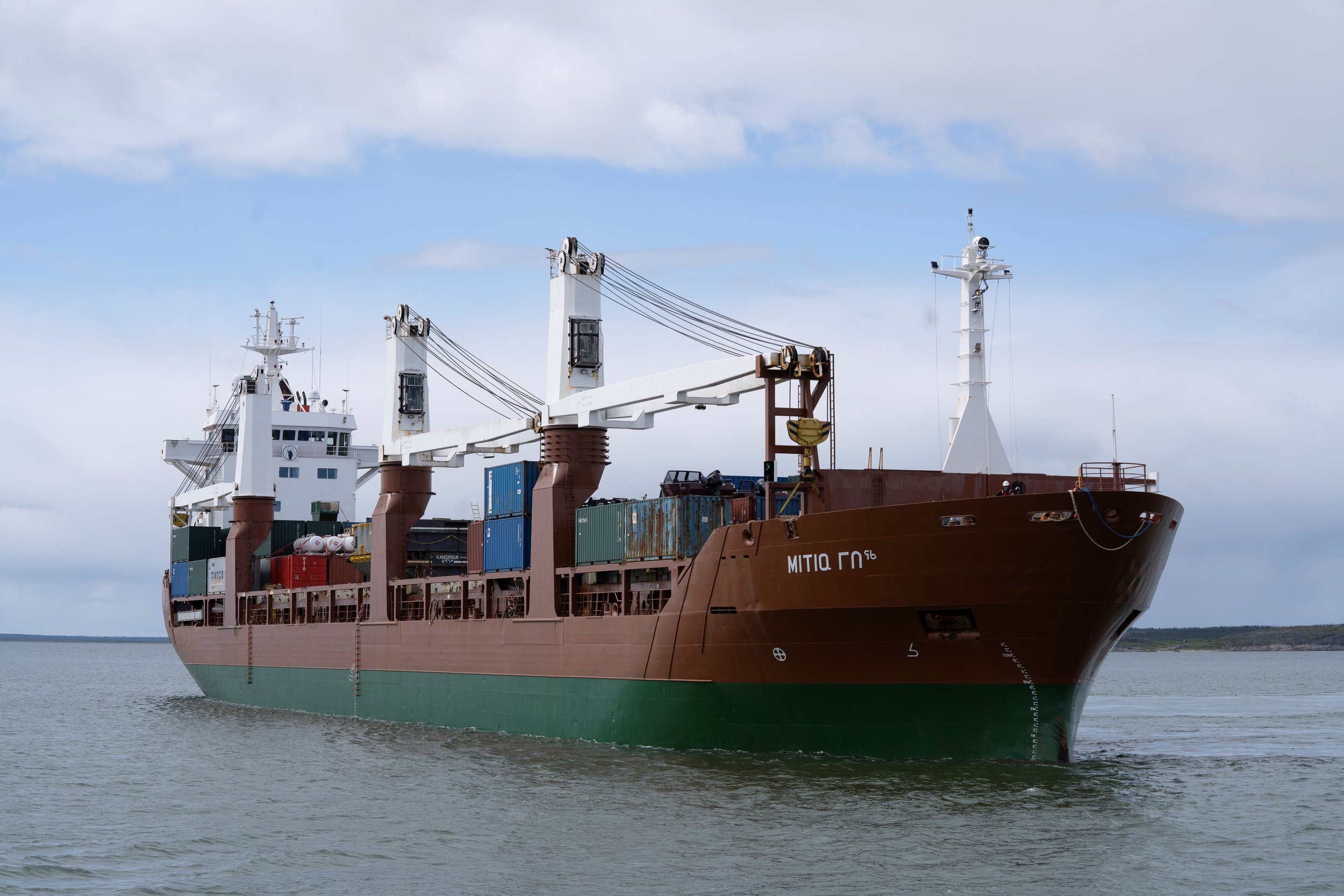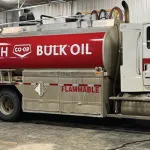
Northeast Sask. leaders look to be part of bigger business growth
Two leaders from northeastern Saskatchewan say their communities are ready to be part of the business growth that will come with the expansion of the Port of Churchill and an increased focus on movement of goods within Canada.
Mayor Marlon Zacharias in Nipawin and Chief Marcel Head of Shoal Lake Cree Nation represent communities that lie along Hwy 55, which connects with Hwy 9 to The Pas in Manitoba and ultimately the Port of Churchill.
“In terms of the the business world, you know we’re developing a lot of plans to be part… of the Saskatchewan economy and being part of that economy, it all means a lot to our people,” said Head, speaking after a recent announcement of federal and provincial investment dollars into rural connectivity in northern Saskatchewan.
Arctic Gateway Group, which operates the northern Manitoba port, said a new critical mineral storage facility is now up and running. It also added more freight service to its Hudson Bay rail line that runs to port. Manitoba Premier Wab Kinew has said the expansion could fit with the federal government’s plan for nation-building infrastructure.





